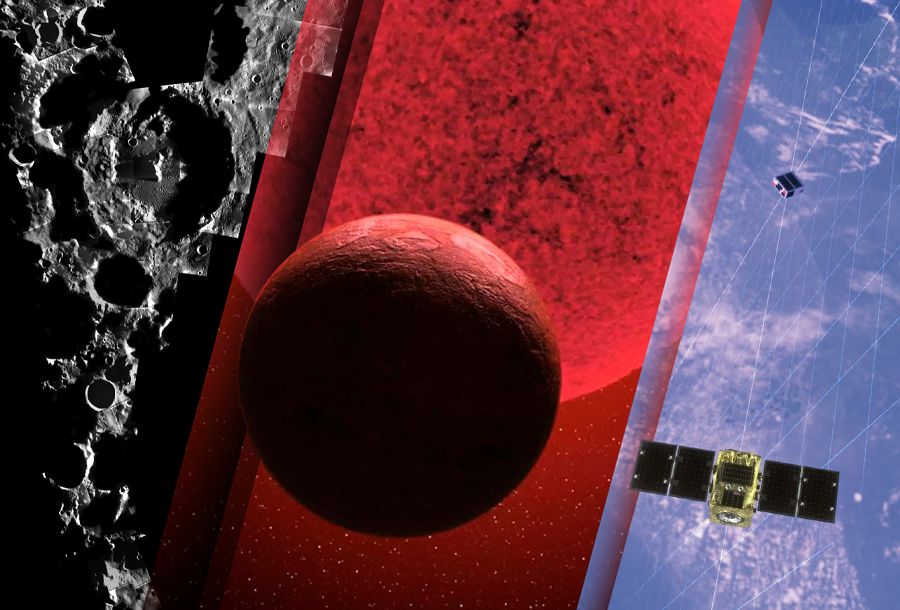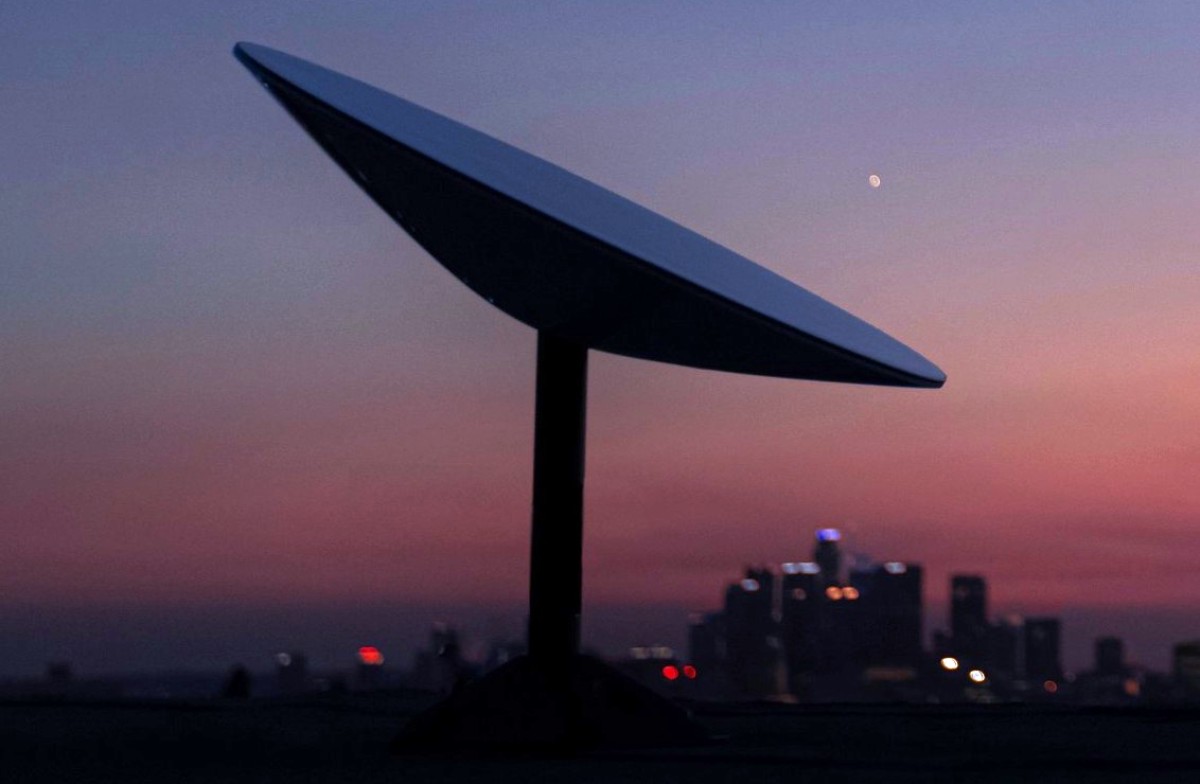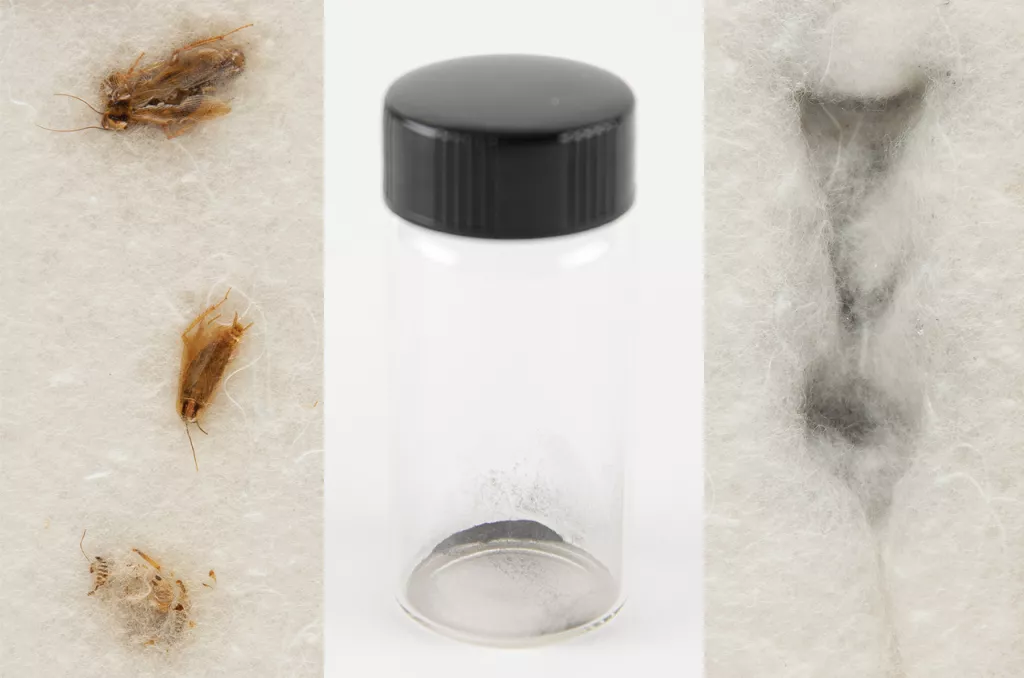Selection of space news for breakfast: At the end of May, you can hear a meteor shower on the radio. An American startup wants to create a backup data storage center on the Moon, and Beijing plans to land a spacecraft near its darkened areas.

- China targets permanently shadowed regions at lunar south pole
- Astronomers Have Found a Super-Earth Near The Habitable Zone of Its Star
- The Philippines gives green light to Starlink
- Astroscale gets funds for 2024 debris-removal mission
- General Dynamics wins ground systems contract for Space Development Agency’s megaconstellation
- A startup could hide data centers in the moon’s cavernous lava tubes
- Economy could dampen growth of space industry
- Space Force rolls out cybersecurity standards for commercial providers of satellite services
- Cockroach-eaten Apollo 11 moon dust goes up for auction
- China might be developing weapons to shoot down Elon Musk’s Starlink satellites
- At the end of May, you can listen to “falling stars” on the radio
China targets permanently shadowed regions at lunar south pole
Beijing is looking to land spacecraft near permanently shadowed regions near the south pole of the moon to investigate the potential presence of resources trapped in craters. Researchers from the Key Laboratory of Information Science of Electromagnetic Waves at Fudan University published a paper in the Journal of Deep Space Exploration on landing site selection in permanently shadowed regions (PSRs) on the moon, indicating that China’s Chang’e-7 mission will attempt a highly accurate, fixed point landing at a solar illuminated area, such as a crater rim near the lunar south pole.
Astronomers Have Found a Super-Earth Near The Habitable Zone of Its Star
The very tiny motion of a small star has revealed the presence of a super-Earth exoplanet, orbiting at a distance that is close to habitable. Around a faint red dwarf called Ross 508, located just 36.5 light-years away (yet too dim to be seen with the naked eye), astronomers have confirmed the existence of a world just 4 times the mass of Earth. Given what we know about planetary mass limits, that means the world is likely to be terrestrial, or rocky, rather than gaseous.
Market News

The Philippines gives green light to Starlink
The Philippines has approved plans that will see it become the first country in Southeast Asia to access SpaceX’s Starlink broadband services. The National Telecommunications Commission (NTC) approved the registration of Starlink Internet Services Philippines Inc., a subsidiary of Elon Musk-owned SpaceX that will provide the satellite broadband to the archipelago.
Astroscale gets funds for 2024 debris-removal mission
Astroscale has secured European Space Agency funding for a 2024 demo mission to remove what will likely be a OneWeb satellite. The debris-removal startup said that the 15 million euro ($16 million) funding enables it to complete the design of its ELSA-m servicer spacecraft, progressing through manufacturing up to the satellite pre-integration phase.
General Dynamics wins ground systems contract for Space Development Agency’s megaconstellation
General Dynamics Mission Systems won a $324.5 million contract to operate the ground systems and manage network operations of the Space Development Agency’s low Earth orbit constellation, the agency announced. The seven-year contract is for $162.9 million as a baseline, with $161.5 million in options to establish the ground operations and integration (O&I) segment for SDA’s Tranche 1 constellation, a mesh network projected to have as many as 166 communications, data-relay and sensor satellites to support military users around the world. General Dynamics partners under this contract are Iridium, KSAT, Emergent and Raytheon.
A startup could hide data centers in the moon’s cavernous lava tubes
Startup Lonestar Data Holdings wants to send data centers to the Moon to back up the world’s data and provide Disaster Recovery as a Service (DRaaS), a press statement reveals. Lonestar’s desire to store data off-world draws comparisons to the Svalbard Global Seed Vault, which is an insurance policy of sorts for humanity aimed at protecting crop diversity. Instead of crops, however, Lonestar aims to protect human knowledge, and instead of the remote Arctic Svalbard archipelago, it will place that knowledge on the Moon’s surface, and possibly even in its lava tubes.
Economy could dampen growth of space industry
Broader economic issues as well as the performance of some space companies could slow the growth of the industry in the next few years, executives warn. During a panel discussion at the Space Tech Expo here, Lars Hoffman, senior vice president of global launch services at Rocket Lab, warned that the industry is not immune from broader economic issues like supply chain disruptions, inflation and growing concerns about a recession.
Space Force rolls out cybersecurity standards for commercial providers of satellite services
Companies that pass a cybersecurity evaluation will be pre-approved so they will no longer require individual evaluations for each contract.
The Space Systems Command has launched a new cybersecurity assessment process for commercial satellite operators that cooperate with the Ministry of Defense. Under the Infrastructure Asset Pre-Approval program, or IA-Pre, commercial suppliers of satellite-based services are evaluated based on their cybersecurity practices and systems. Those suppliers that pass the government’s checklist are then placed on a pre-approved list and will not be required to complete lengthy cybersecurity questionnaires for each individual contract proposal.
Interesting

Cockroach-eaten Apollo 11 moon dust goes up for auction
For sale: One small sample of the moon brought back to Earth in 1969 by the Apollo 11 astronauts, the first humans to walk on the lunar surface.
Condition: Well-traveled and once digested. The dust was carefully extracted from the stomachs of cockroaches(opens in new tab). Three of the insects are included with the lot.
This ad was placed by RR Auction from New Hampshire, which specializes in space memorabilia. The cockroach-consumed moon dust (opens in new tab) is among the highlights of RR’s “Remarkable Rarities” auction, which opened for bids on Thursday (May 26) and runs through June 23.
China might be developing weapons to shoot down Elon Musk’s Starlink satellites
China says Starlink satellites can amplify US military capabilities. Hope for the best, but prepare for the worst. This seems to be the attitude of researchers in China, who’re working on ways of disabling and potentially eliminating SpaceX’s Starlink satellites — in the scenario where they might represent a threat to the country’s national security, according to an initial report from the South China Morning Post. For this reason, it is important for Beijing to prevent a potential significant strengthening of the US military power.
At the end of May, you can listen to “falling stars” on the radio
Meteor showers can be a multimedia experience. “Shooting stars” from the tau Herculids meteor shower may be visible late this month. Even if you can’t get a good view of the show because of clouds or light pollution, you can “observe” the meteor shower a different way: by listening to it on the radio!
Normally, when you’re tuned in to an “empty” radio frequency, you just hear a hissing noise. But as meteors zip through the atmosphere, a distant or silent station will abruptly “boom in” for anywhere from a fraction of a second to several seconds. You might also hear what initially sounds like a “pop” or a whistle, and then as the ionization trail dissipates, the station will quickly fade away. Because of their height, meteors best reflect signals from stations 800 to 1,300 miles (1,300 to 2,100 km) from you.
Follow us on Twitter to get the most interesting space news in time
https://twitter.com/ust_magazine
